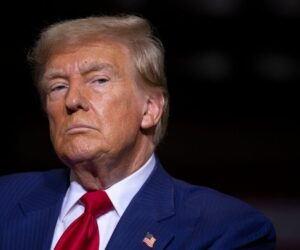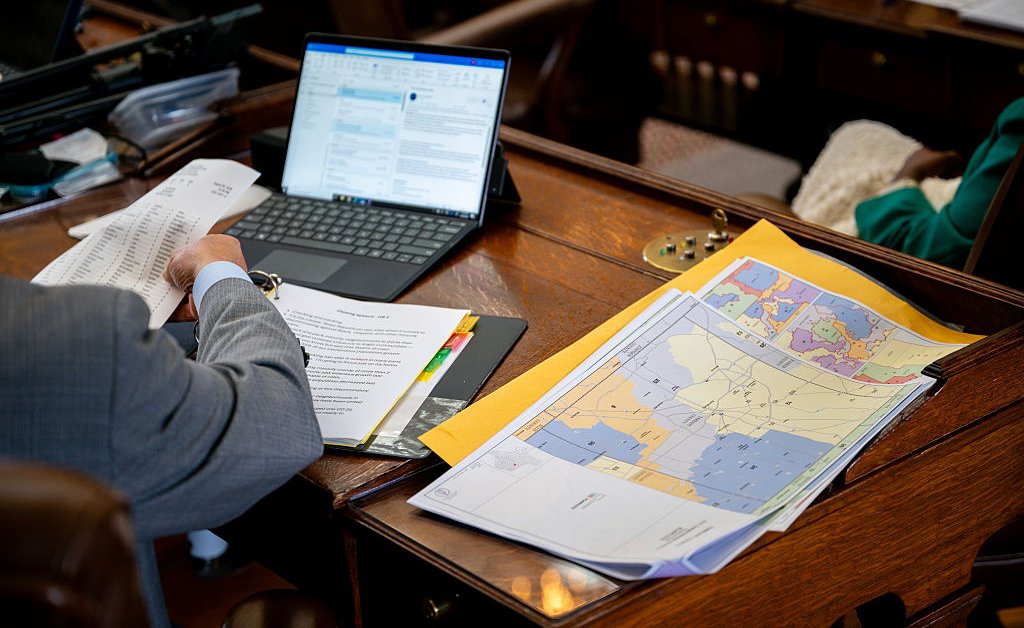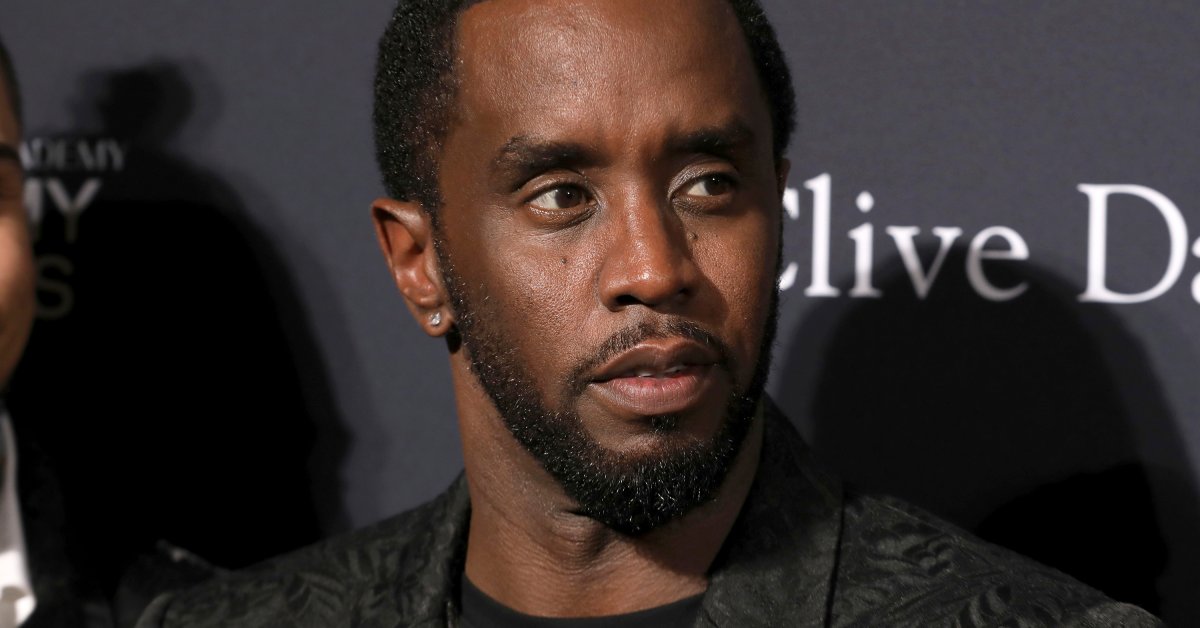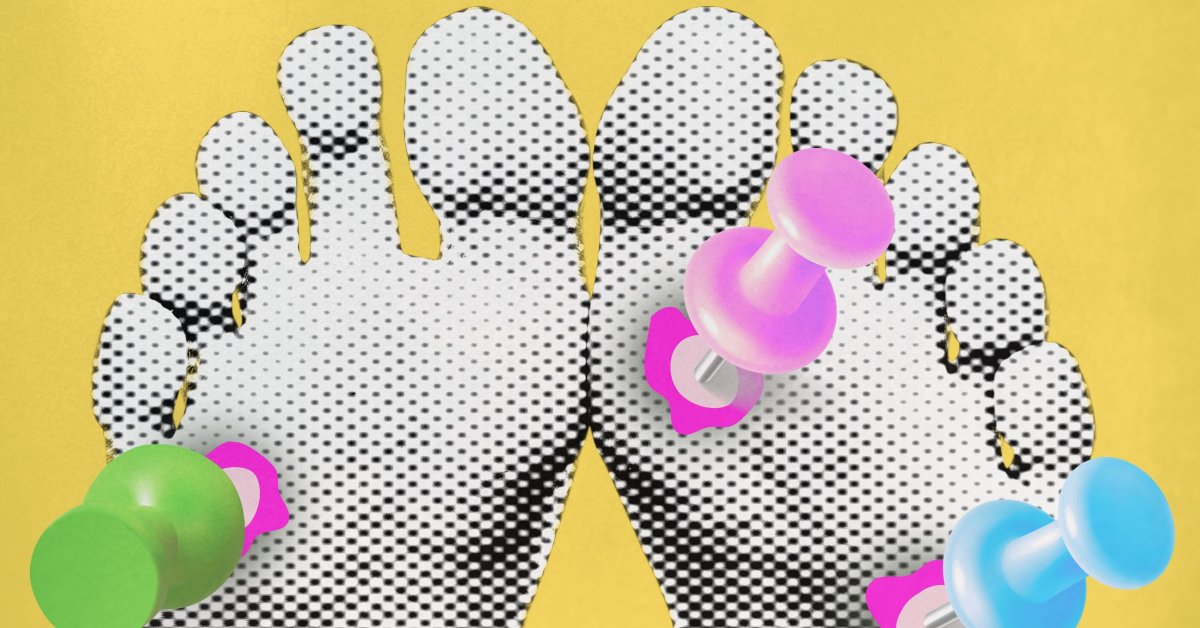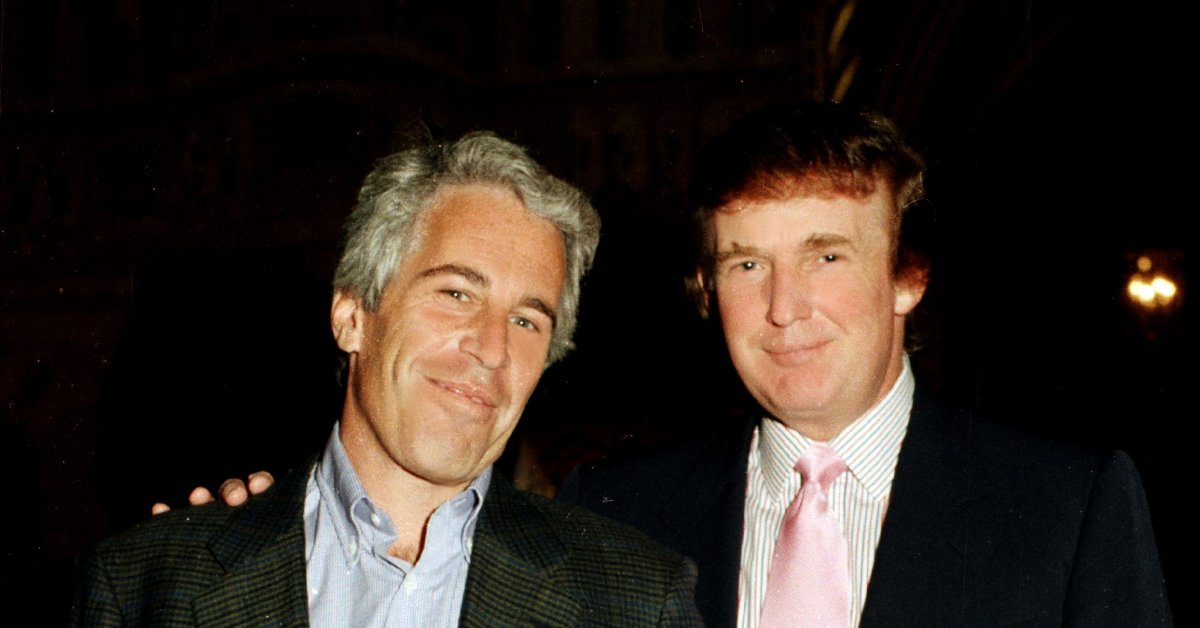U.S. Treasury Secretary Scott Bessent has said that much of the billions collected under President Donald Trump’s sweeping “reciprocal tariffs” would need to be paid back if the Supreme Court rules they are illegal. But experts aren’t so sure that the case would play out the way federal officials are warning it would.
“The result of that case is not going to be an order to issue refunds to everybody that’s paid the tariffs,” says Timothy Meyer, an international business law professor at Duke Law. “But that decision is going to control the legality of the tariffs.”
The Trump Administration asked the Supreme Court to weigh in on the legality of the “Liberation Day” tariffs last week following an appeals court’s ruling that Trump did not have the authority to impose them under the law he relied on to do so, the International Emergency Economic Powers Act (IEEPA). No previous president had used the law to issue tariffs.
“The stakes in this case could not be higher,” wrote Solicitor General D. John Sauer in an appeal to the justices. “The President and his Cabinet officials have determined that the tariffs are promoting peace and unprecedented economic prosperity, and that the denial of tariff authority would expose our nation to trade retaliation without effective defenses and thrust America back to the brink of economic catastrophe.”
Bessent expressed confidence over the weekend that the tariffs “will win” at the Supreme Court, but warned that if the court rules against them the U.S. “would have to give a refund on about half the tariffs, which would be terrible for the Treasury.” He has estimated that some $750 billion to $1 trillion could have to be refunded.
International trade law experts tell TIME that there are still many unknowns regarding the tariff case, including whether the Supreme Court will intervene in the first place. “So much depends on how the court frames its decision and what exactly it rules with respect to the different pieces of what it’s considering,” says Kathleen Claussen, professor of law at Georgetown University Law Center.
Both Claussen and Meyer said litigation could extend through at least 2026.
If the Supreme Court does rule on the matter, the case may have to go back down to the Court of International Trade, which initially ruled the tariffs illegal in May, to “consider whether or not it had the authority to order the government to stop collecting the tariffs entirely,” says Meyer.
And if the nation’s highest court does strike down the tariffs, Meyer and Claussen say it isn’t clear all the businesses that have been affected by the levies would benefit.
The process to get a refund could be thorny for some. For one thing, businesses would have to gather paperwork evidence of their import tax payment to collect a potential refund. Presenting that evidence could prove tricky, experts say, as the import tax rate has constantly changed over time. And oftentimes, companies might be paying more than one tariff rate on a product depending on where the item arrives from. “They’re going to have to separate out the tariffs that were owed just due to the IEEPA orders that are the subject of this litigation,” says Meyer.
Meyer also notes that most importers use third-party companies to handle the import process. “So the party that is entitled to the refund from the government is going to be the company that paid the duty, which might not actually be the party that caused the import to occur, and almost certainly won’t be the consumer that ultimately ends up buying the tariff,” he notes.
Additionally, businesses are limited by the administrative process for contesting tariffs, under which tariff adjustments must occur in a period of 314 days, or slightly more than 10 months. Claussen says it’s possible the Supreme Court could extend that timeframe, or create a special process for companies to get refunds.
Importers are growing antsy, she notes. “They don’t really know what to do to preserve their rights,” Claussen says. “If they had the opportunity to get a refund, what would they need to do?”


